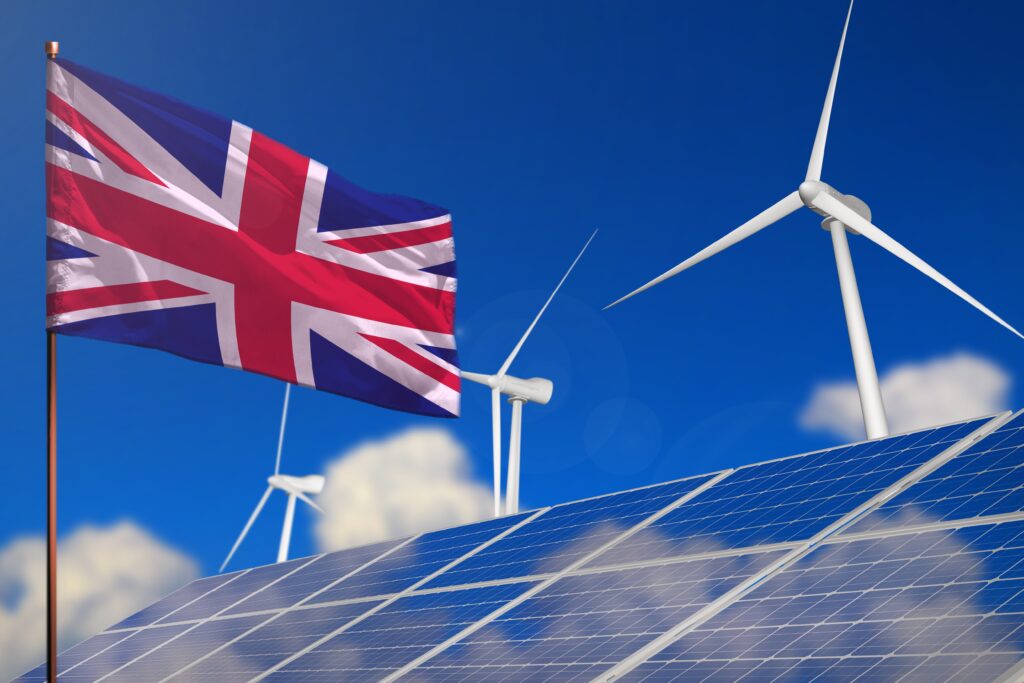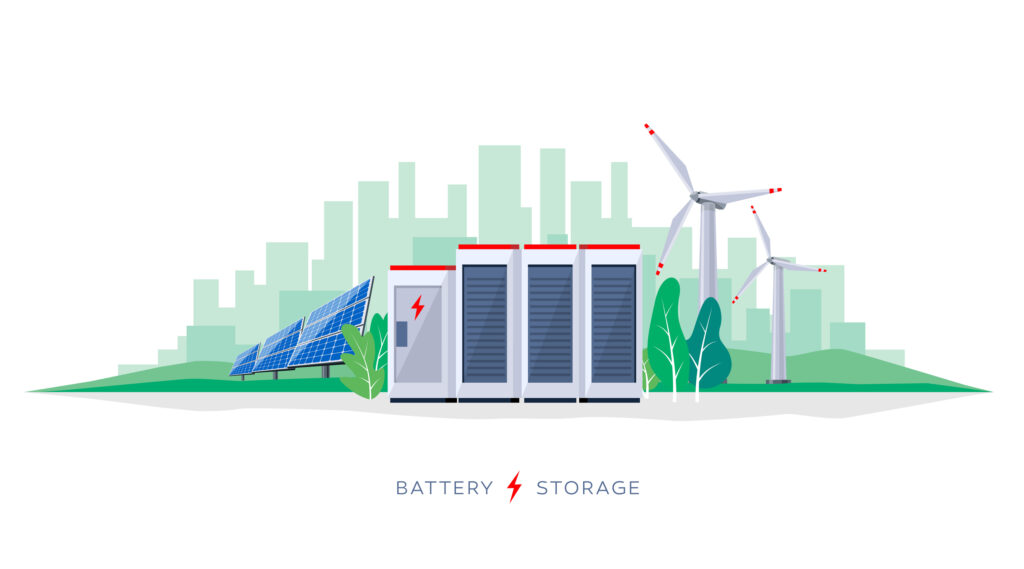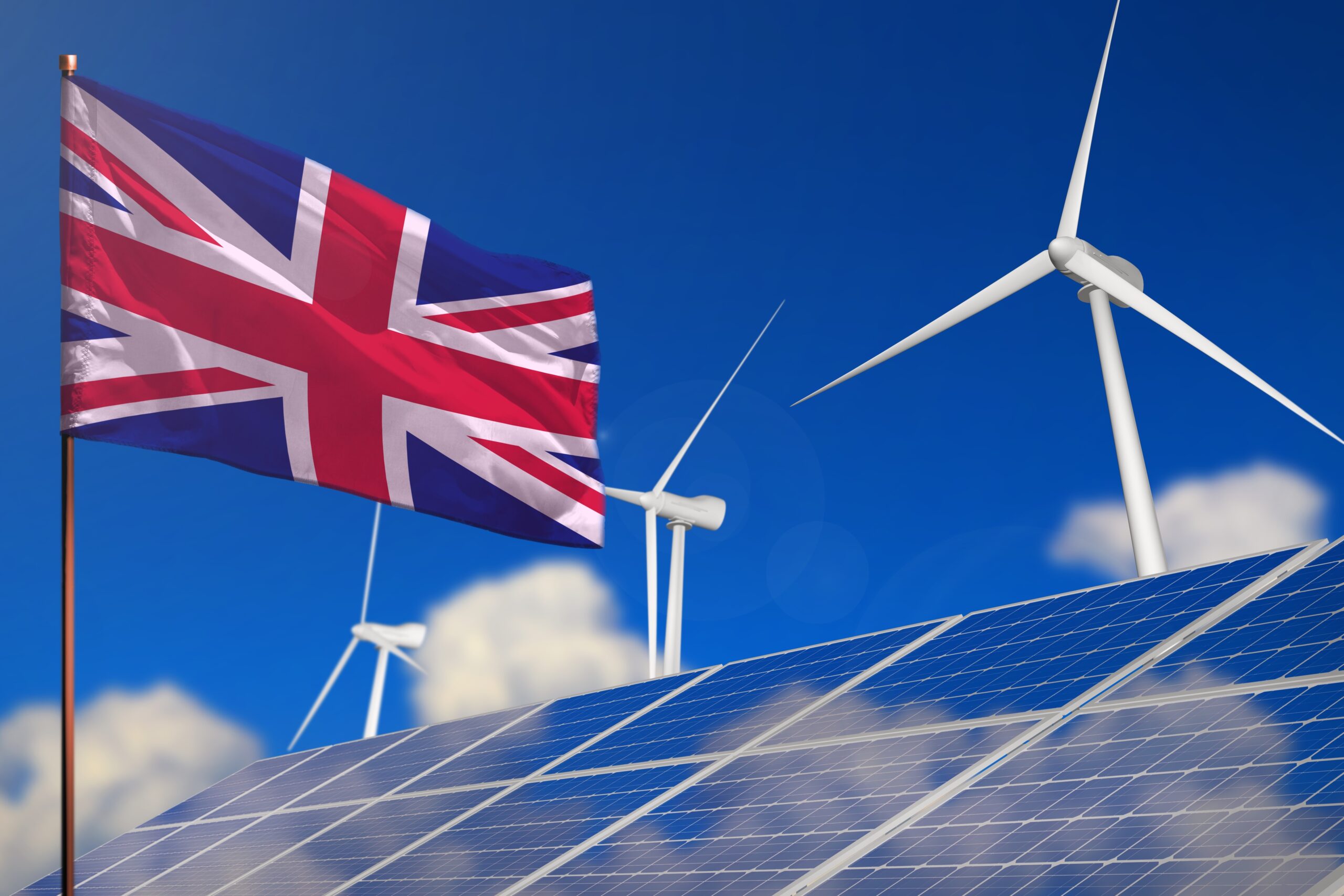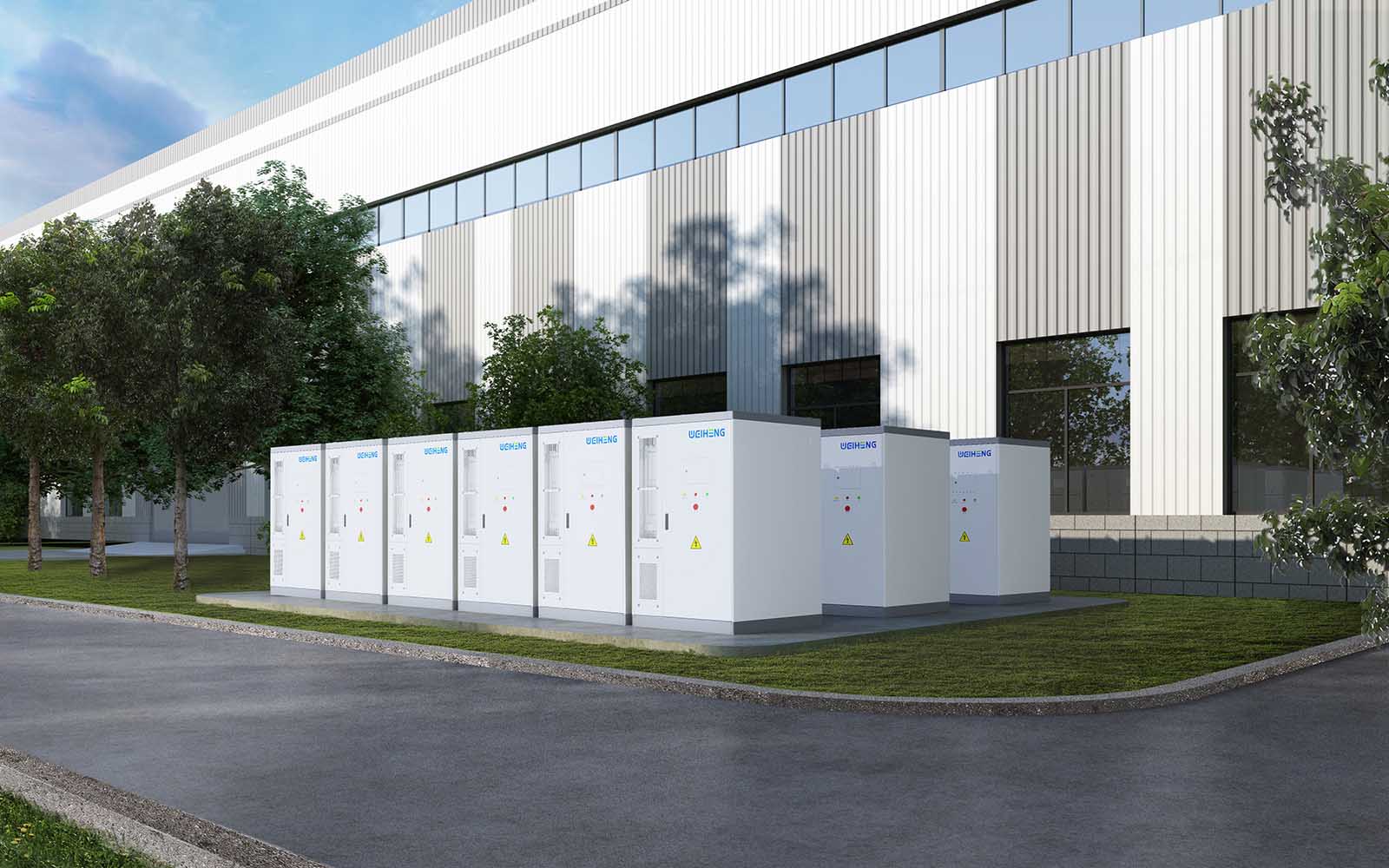
Virtual Power Plants (VPPs) are emerging as a groundbreaking energy solution, representing the next generation of energy management, and combining distributed energy resources like solar panels, wind turbines, and battery storage systems into a unified, highly efficient system.
By harnessing advanced technologies and intelligent software, VPPs can seamlessly balance supply and demand, enhance grid stability, and maximise the economic and environmental benefits of renewable energy.
This article delves into the fundamentals of VPPs, exploring their role in the UK energy market, and highlighting the technological innovations driving their success.
Whether you’re a BESS owner looking to maximise your return on investment (ROI) or simply curious about the future of energy management, this article will provide valuable insights into the transformative power of Virtual Power Plants.
What are Virtual Power Plants?
A Virtual Power Plant is an energy management system that integrates multiple decentralised power-generating units like solar panels, wind turbines, and battery energy storage systems (BESS), to function as a singular entity.
Unlike traditional power plants that rely on a centralised location for energy production, VPPs leverage advanced technologies and intelligent software to aggregate and optimise distributed energy resources.
How Does a VPP Work?
VPPs aggregate energy from various distributed energy resources (DERs), creating a virtual pool of electricity. This collective capacity can then be dispatched as needed, similar to a traditional power plant.
Through real-time monitoring and smart algorithms, the VPP optimises the available resources, ensuring that energy is generated and used in the most efficient manner possible.
Those are the cliff notes, but what are the specific pieces of tech that make up this powerhouse of a system?
The Tech Behind PPVs
Internet of Things (IoT) Technology
Internet of things (IoT) is fundamental in the architecture of VPPs for gathering detailed, real-time data across diverse energy assets. Sensors and actuators are installed on PV systems such as solar panels and wind turbines; these devices collect data on output levels and environmental conditions, facilitating precise monitoring.
Communication technologies like Zigbee, LoRaWAN, and NB-IoT are employed to ensure efficient, long-range communication with low power consumption, which is crucial for the scalable implementation of IoT in energy systems.
Cloud Computing and Data Analytics
Cloud platforms provide the necessary virtual infrastructure required for scalable data storage. These platforms support big data tools and machine learning algorithms that analyse these vast datasets to predict energy demand and production patterns. Over time, machine learning refines these predictions, enhancing the strategies for efficient resource allocation.
Energy Management Systems (EMS)
At the heart of VPP functionality, energy management systems (EMS) integrate and optimise the operation of various energy sources. They manage the real-time operation of diverse energy resources, ensuring they function together efficiently. Optimisation algorithms embedded within EMS compute the most effective energy distribution strategies by considering factors such as demand forecasts, energy prices, and storage capacities.
The Role of VPPs In the UK Energy Market
If you can’t already guess based on the impressive capabilities just mentioned, VPPs currently play and will continue to play a vital role in the UK Energy Market.
VPPs can help balance supply and demand more effectively, enhancing grid stability, particularly during peak times.
This is primarily due to their rapid response times, as VPPs can quickly react to grid conditions by using their advanced monitoring systems to adjust the output from various DERs.

For example, if there is a spike in electricity demand, the VPP can increase the power output from battery storage systems or dispatch additional power from solar panels and wind turbines. Conversely, if there is an excess energy supply, the VPP can store the surplus energy in batteries or reduce the power output from certain DERs.
A prime example of their significance to the UK energy market can be seen via London’s first VPP, introduced by UK Power Networks. During their trial period, the VPP managed to reduce household electricity during peak hours by 60%. It also helped cut carbon emissions from electricity by approximately 20% for average households.
Economic Benefits of VPPs
There are several benefits that VPPs provide. We’ve already touched on grid stabilisation as a result of VPPs, but what are some of the other economic benefits?
Optimised Resource Use
By generating and using energy closer to the point of consumption, VPPs reduce transmission and distribution losses that are common in traditional centralised power plants.
Also, the advanced energy management systems in VPPs can intelligently dispatch the most cost-effective and efficient resources based on real-time demand and supply conditions.
Cost Saving on Physical Infrastructure
Obviously, the remote connectivity of a VPP is one of its most enticing features, so it’s no surprise that it’s listed here as one of the best cost-saving aspects.
Peaking power plants, which are typically used to meet high demand during peak periods, are expensive to operate. VPPs can reduce the reliance on these plants by providing peak load management through their aggregated resources.
In addition to this, by optimising the use of existing grid infrastructure and reducing peak demand, VPPs can defer or even eliminate the need for costly grid upgrades and expansions.
Revenue Generation
VPPs are very versatile in their offerings and, as such, can generate revenue through multiple streams.
VPPs can generate significant revenue by selling excess electricity in wholesale markets, participating in capacity markets, and bidding for grid services like frequency regulation and demand response.
They can also earn extra income by offering grid services like voltage support, frequency regulation, and spinning reserves to operators.
To summarise, Virtual Power Plants represent a significant advancement in energy management, promising enhanced grid stability and efficient resource utilisation through their impressive state-of-the-art tech integration.
As this technology evolves, it will play a crucial role in integrating renewable energy sources, reducing operational costs, and creating new revenue streams. Embracing VPPs could be pivotal for achieving more sustainable and resilient energy systems in the UK and beyond.







